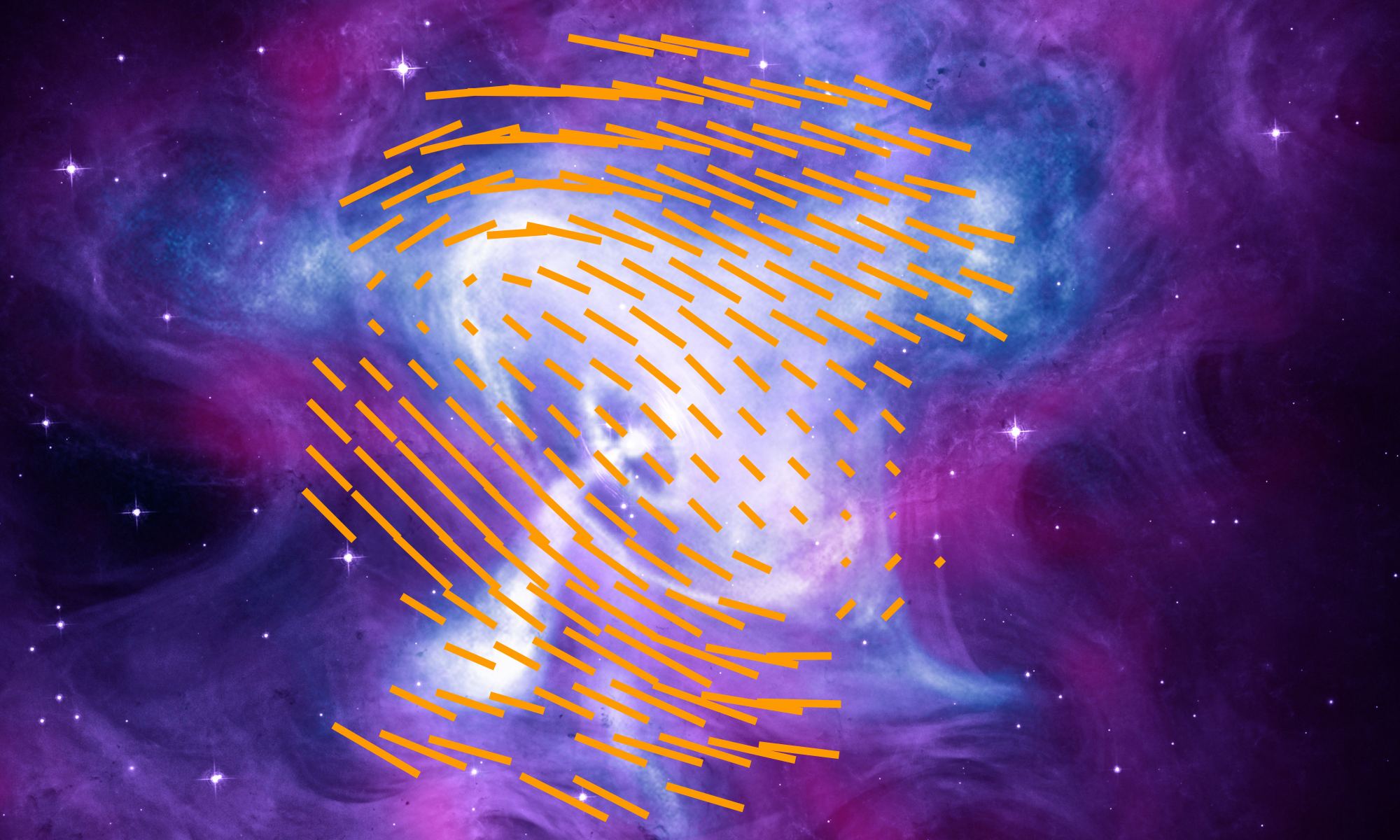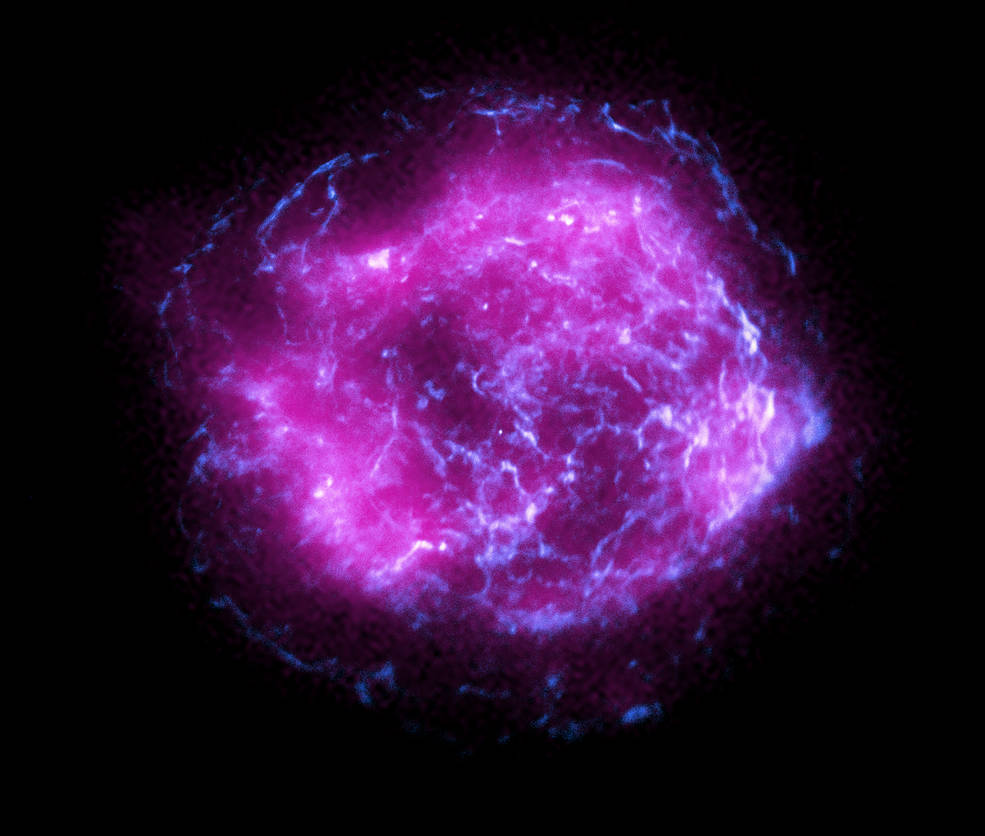Located about 6,500 light-years away in the constellation Taurus resides one of the best-studied cosmological objects known as the Crab Nebula (aka. Messier 1). Originally discovered in the 18th century by English astronomer John Bevis in 1731, the Crab Nebula became the first object included by astronomer Charles Messier in his catalog of Deep Sky Objects. Because of its extreme nature, scientists have been studying the Crab Nebula for decades to learn more about its magnetic field, its high-energy emissions (x-rays), and how these accelerate particles to close to the speed of light.
Astronomers have been particularly interested in studying the polarization of the x-rays produced by the pulsar and what that can tell us about the nebula’s magnetic field. When studies were first conducted in the 1970s, astronomers had to rely on a sounding rocket to get above Earth’s atmosphere and measure the polarization using special sensors. Recently, an international team of astronomers used data obtained by NASA’s Imaging X-ray Polarimetry Explorer (IXPE) to create a detailed map of the Crab Nebula’s magnetic field that has resolved many long-standing mysteries about the object.
Continue reading “The Crab Nebula Looks Completely Different in X-Rays, Revealing its Magnetic Fields”




